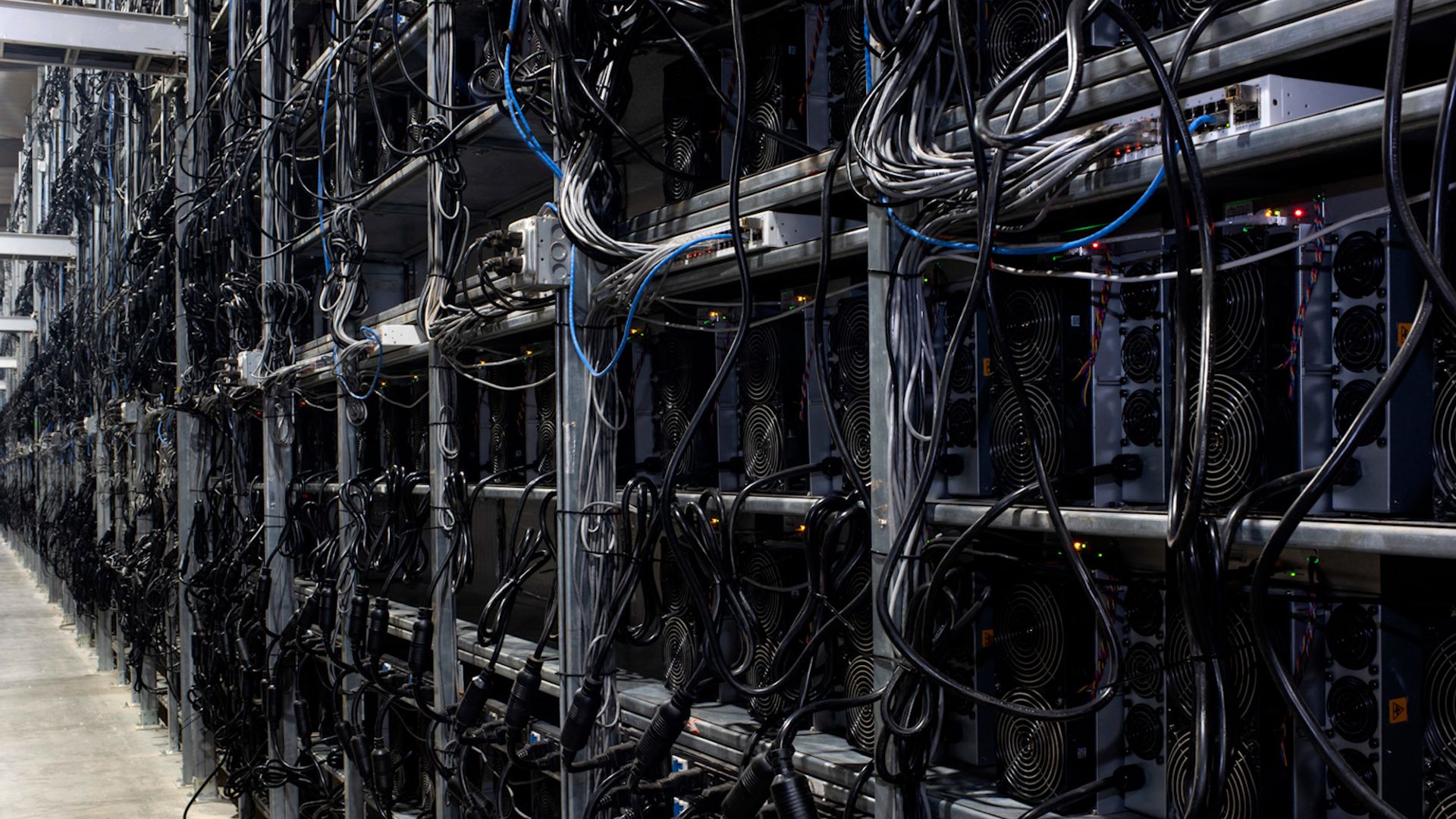
[SIMONE DEL ROSARIO]
IT’S A LITERAL POWER STRUGGLE: CRYPTOCURRENCY MINING AND FEDERAL REGULATORS ARE LOCKED IN A BATTLE OVER THE VAST AMOUNTS OF ENERGY REQUIRED TO MEET CRYPTOMINING NEEDS.
EARLIER THIS MONTH, THE U.S. DEPARTMENT OF ENERGY REVEALED CRYPTOCURRENCY MINERS GLOBALLY CONSUMED AS MUCH ELECTRICITY IN 2023 AS THE ENTIRE COUNTRY OF AUSTRALIA.
IN RESPONSE THE DOE’S ENERGY INFORMATION ADMINISTRATION LAUNCHED AN ‘EMERGENCY’ SURVEY TO INVESTIGATE HOW MUCH ENERGY THESE MINING OPERATIONS USE.
BUT THIS CONTENTIOUS PROBE IS NOW ON PAUSE. A FEDERAL JUDGE TEMPORARILY BLOCKED IT, SAYING IT COULD CAUSE ‘IMMEDIATE AND IRREPARABLE’ HARM TO THE INDUSTRY.
MINERS CLAIM THE DOE BYPASSED THE REQUIRED PUBLIC NOTICE AND COMMENT PERIOD FOR THE MANDATORY SURVEY BY CITING A “CONTRIVED” AND “UNLAWFUL” EMERGENCY.
PRESIDENT OF THE TEXAS BLOCKCHAIN COUNCIL LEE BRATCHER SAYS HE FELT VINDICATED BY THE COURT’S DECISION BECAUSE THE GOVERNMENT “DID NOT COMPLY WITH THE STATUTES.” HE ADDED:
[LEE BRATCHER PRESIDENT | TEXAS BLOCKCHAIN COUNCIL]
“We’re not averse to sharing data. We just want the government to go about data collection in a lawful way and not in a way that is politicized.”
[SIMONE DEL ROSARIO]
IN RESPONSE TO THE JUDGE’S ORDER, THE EIA ANNOUNCED IT WON’T PENALIZE COMPANIES THAT DON’T COMPLETE THE SURVEY BY MARCH 22. THEY ALSO SAID THEY WON’T CURRENTLY USE THE DATA THEY DO RECEIVE SINCE THE SURVEY WAS ALREADY SENT OUT.
CRYPTO MINING IS BEING BLAMED FOR A SURGE IN ELECTRICITY USE ACROSS THE U.S. — IN SOME CASES COAL PLANTS HAVE BEEN REVIVED TO HELP MEET ENERGY DEMANDS.
DATA CENTERS ACT AS THE OPERATIONAL BRAINS BEHIND THE CRYPTOCURRENCY MINING SECTOR. THE U.S. HAS MORE THAN 8,000 DATA CENTERS.
AND IT’S NOT JUST CRYPTO BUT AI ADVANCEMENT, TOO. THE INTERNATIONAL ENERGY AGENCY FORECASTS THAT BY 2026, DATA CENTERS COULD CONSUME MORE THAN 1,000 TERAWATT-HOURS OF ENERGY, THAT’S EQUIVALENT TO JAPAN’S ANNUAL CONSUMPTION.
RESEARCH COMPANY WOOD MACKENZIE REPORTS THAT BITCOIN MINING HAS ALREADY RAISED ELECTRICITY COSTS BY $1.8 BILLION ANNUALLY FOR TEXANS WHO DON’T MINE — AND YOU CAN EXPECT THESE COSTS TO CLIMB AS BITCOIN’S PRICE HITS 57,000 DOLLARS, MAKING MINING MORE PROFITABLE.











